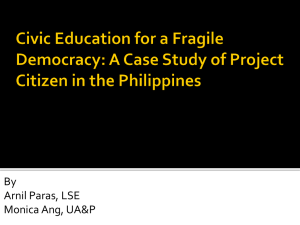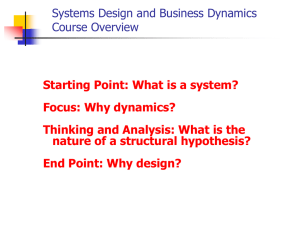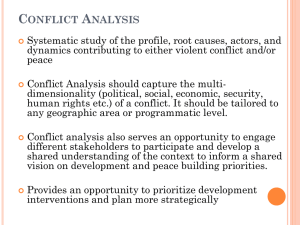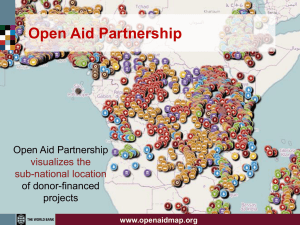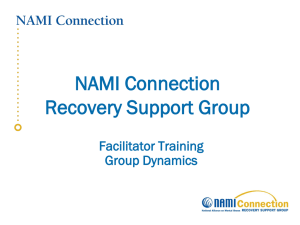Citizen Engagement Panel - Urban Systems Collaborative
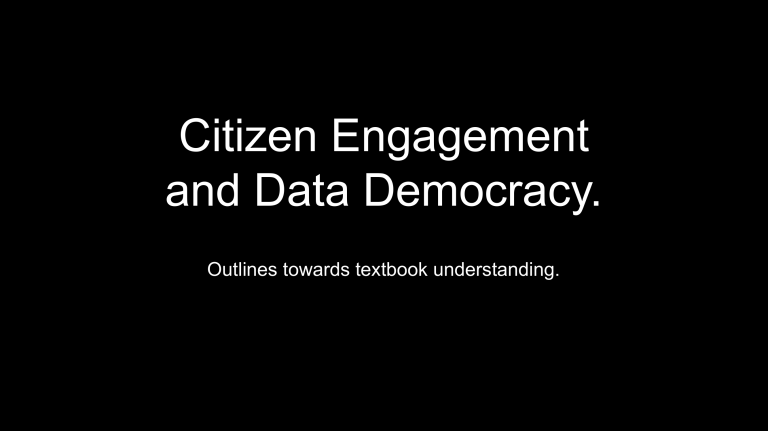
Citizen Engagement and Data Democracy.
Outlines towards textbook understanding.
1.
Definition
2.
Categories, Frameworks, Caveats
3.
Use Cases and Examples.
Definitions
•
Citizen engagement is already the underlying dynamic of urban situations; we are less interested in an effort to define this
(messy, complex, amazing) dynamic than to register how technology can and should engage, improve, and instrumentalize the underlying social processes involved in urbanity.
•
Engagement does not necessarily involve government.
•
Engagement is a two-way process, not a button on a black box; feedback is essential. We’re not interested in collecting data or providing information alone, but in dynamic interactions around data.
Definitions
•
In this context, technology itself needs to be defined; it can improve communication, precision, information recording and retrieval; its roles are best understood as places in complex urban dynamics where the ability to accelerate and accentuate these properties are instrumental.
Frameworks, Caveats,
Categories
Ladder of Citizen Participation
(Arnstein, 1969)
•
Citizen Control
•
Delegated Power
•
Partnership
•
Placation
•
Consultation
•
Informing
•
Therapy
•
Manipulation
Degrees of Citizen Power
Degrees of Tokenism
Non-Participation
Caveats
•
Engagement can begin at the top or at the bottom.
•
Technology’s role in citizen engagement is most effective when it piggybacks upon and catalyzes underlying social dynamics, not when it attempts to replace these dynamics.
•
Technology’s role in government is not just improving access and communication, but also transparency of operation.
•
Privacy is non-trivial, but also a great example of how technology shifts existing complex dynamics in cities, vs. creating dynamics from whole cloth.
Caveats
•
Technology can often find a useful role in a city’s ecology of communication by making existing channels more effective; it can sometimes create new channels as well.
•
Visualization and legibility are essential to transparency. Design is the means by which this goal is accomplished.
•
Government’s best role is often to provide raw data versus tools for engagement with and comprehension of data; no-one is eager to play a government-designed video-game.
•
Government is not the entirety of governance.
Caveats
•
Engagement is not only about power; it is a value, and creates value.
•
Technology, on the other hand, is value-neutral more technology is not necessarily better or worse.
•
Citizen engagement and optimization (the underlying dynamic of technological systems) are often, or even always, at crosspurposes.
•
Participation via technology recapitulates existing democratic dynamics; it can however accelerate them and accentuate their effects.
Examples.
•
Solar Boston / SF Environment calculator(s)
Information itself is often the best technological contribution to existing social/ urban dynamics.
•
High-speed rail / Beverly Hills subway
Technology has a potential role to play in enlarging the geographic scope of decisions that benefit/impact large-scale communities.
•
Asa Branca, Rio de Janiero
(Favela with 45% DSL usage). The dynamics of the digital divide are changing, but are still fundamental to the conversation about cities and technology.
Examples.
• opensource Bogotá taxicab database
Recording and transmitting individual information about taxi safety to a population at large.
•
Nextbus copyright issues - importance that the data structures recapitulate open dynamics.
•
See-Click-Fix this model can be placation or partnership depending on transparency and engagement.
Conclusions
•
Technology can lower barriers to participation, it can help participation take place, and it can alter the speed and nature of participation, but underlying dynamics of participation remain.
•
A conversation about citizen engagement, one of the underlying dynamics of complex, emergent urban systems, exposes the enduring relevance of the insight that “urban variables are too numerous, too interconnected to be studied in isolation ... they are as slippery as an eel.” — Jane Jacobs, 1962


